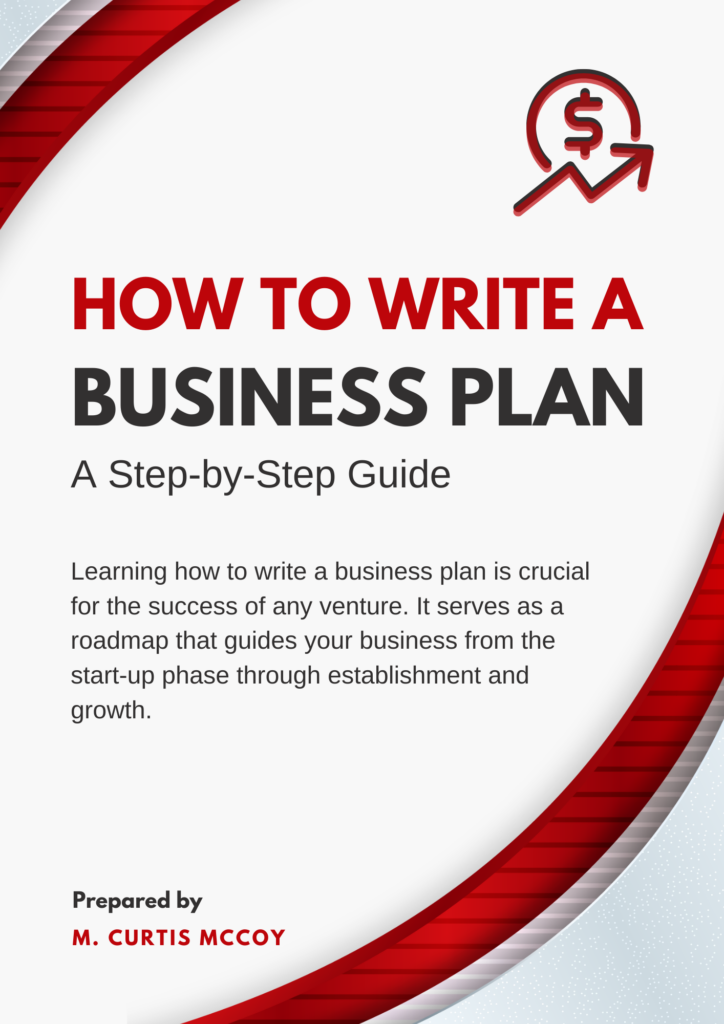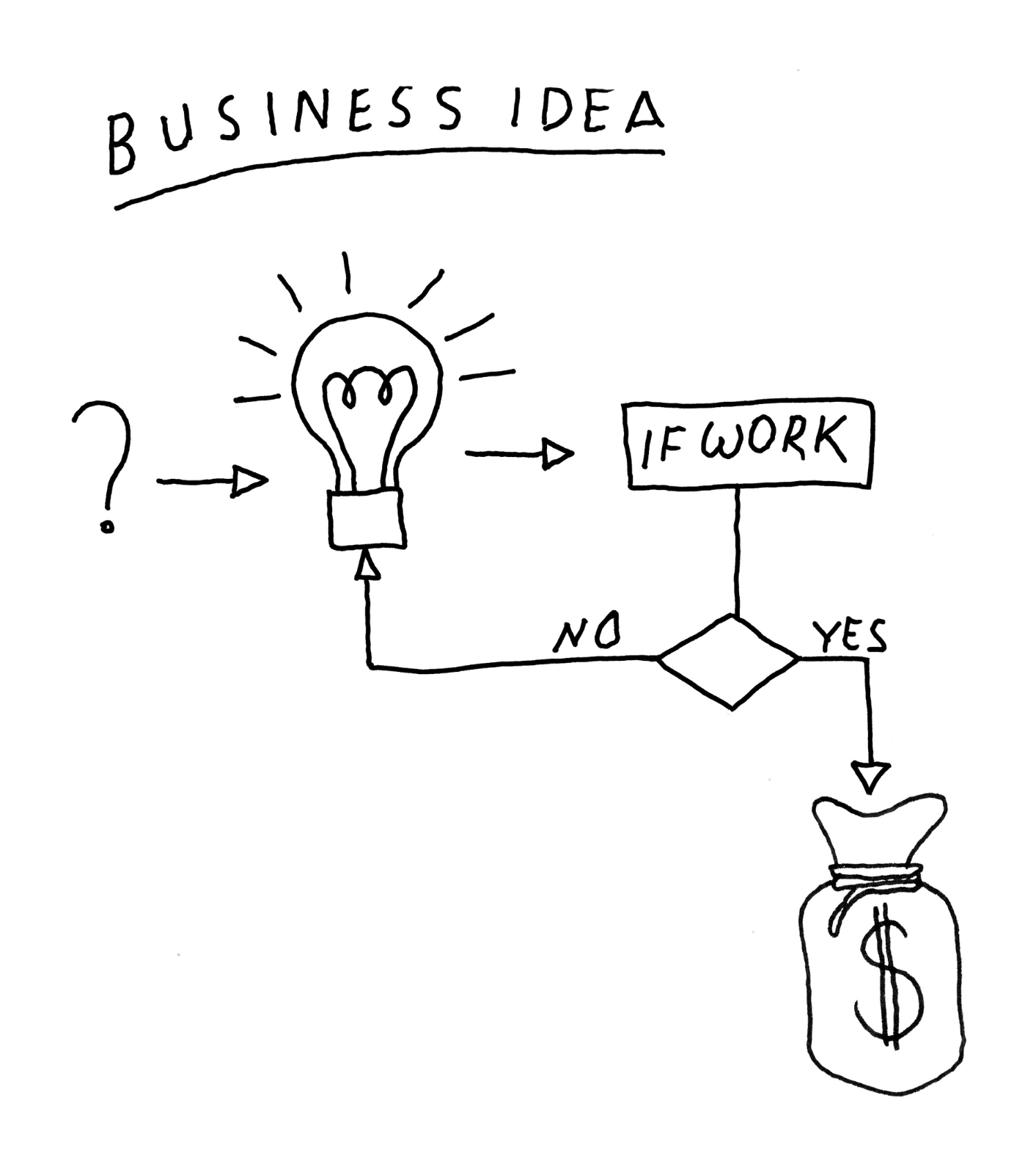Learning how to write a business plan is crucial for the success of any venture. It serves as a roadmap that guides your business from the start-up phase through establishment and growth. A well-crafted business plan can help secure funding, attract investors, and align your team toward achieving your business goals. This comprehensive guide will provide detailed instructions on how to write a business plan, ensuring you cover all essential aspects to impress stakeholders and pave the way for success.

Understanding the Purpose of a Business Plan
A business plan is a formal written document that outlines the goals of a business, the strategy for achieving them, and the time frame for reaching them. There are different types of business plans, each serving specific purposes:
- Start-up Plan: This is for new businesses looking to outline their strategy and attract investors.
- Internal Plan: Used within a company to guide strategy and measure progress.
- Strategic Plan: Focuses on long-term goals and how to achieve them.
- Feasibility Plan: Assesses the viability of a new business idea.
A business plan’s primary purposes include securing funding, guiding business operations, aligning team members, and planning for future growth.
Step 1: Executive Summary
The executive summary is the first section of your business plan but should be written last. It provides a brief overview of your business and encapsulates the critical points of your entire plan. A compelling executive summary captures readers’ attention and encourages them to read more.

Key Components:
- Business Name and Location: State the name and location of your business.
- Products/Services: Briefly describe what your business offers.
- Mission Statement: Summarize your business’s purpose and values.
- Objectives: Outline your short-term and long-term goals.
Tips for Writing an Impactful Executive Summary:
- Keep it concise, ideally one to two pages.
- Highlight the most crucial aspects of your business plan.
- Write it after completing the other sections of your plan.
- Avoid jargon and keep it simple.
Example:
A bakery’s executive summary might start with, “Sweet Delights Bakery, located in downtown Seattle, specializes in organic, gluten-free pastries. Our mission is to provide delicious, healthy options for people with dietary restrictions. Within the next three years, we aim to open two additional locations and expand our product line to include vegan options.”
Step 2: Company Description
The company description provides an overview of your business, including its history, structure, and goals. It gives readers a clear understanding of your business’s identity and the market needs it meets.
 Key Components:
Key Components:
- Business Overview: Explain what your business does.
- Legal Structure: Indicate whether your business is a sole proprietorship, partnership, corporation, etc.
- Ownership: Identify the owners of the business.
- History and Nature of the Business: Provide background information on the business’s evolution.
- Market Needs: Describe the market needs your business addresses.
- Vision and Mission Statements: Articulate your long-term vision and mission.
- Business Goals and Objectives: Define your business’s short-term and long-term goals.
- SWOT Analysis: Assess your business’s strengths, weaknesses, opportunities, and threats.
Example:
“Sweet Delights Bakery was established in 2022 as a sole proprietorship. The bakery aims to cater to the growing demand for healthy, gluten-free desserts in Seattle. Our mission is to become the leading provider of organic, gluten-free pastries in the Pacific Northwest.”
Step 3: Market Analysis
Market analysis in your business plan involves researching your industry, target market, and competitors. This section demonstrates your understanding of the market dynamics and your strategy to capitalize on them.
 Key Components:
Key Components:
- Target Market: Identify your target market, including demographics, psychographics, and behaviors.
- Industry Analysis: Analyze your industry’s size, growth, and trends.
- Competitive Analysis: Assess your competitors, their market position, strengths, and weaknesses.
- Market Segmentation and Targeting: Divide your market into segments and explain your targeting strategy.
- Customer Personas: Create detailed profiles of your ideal customers.
- Buying Behavior: Understand your customers’ buying behaviors and decision-making processes.
Example:
“Our target market includes health-conscious individuals aged 25-45 living in urban areas. The organic food industry is growing at 10% annually, with gluten-free products making up 30% of that growth. Key competitors include ABC Bakery and XYZ Pastries, who offer similar products but lack our focus on organic ingredients.”
Step 4: Organization and Management
This section outlines your business’s organizational structure and introduces your management team. It highlights the expertise and roles of key team members, ensuring readers understand the leadership behind your business.
 Key Components:
Key Components:
- Organizational Structure: Describe your business’s structure (e.g., hierarchical, flat, matrix).
- Management Team: Provide key team members’ bios, expertise, and qualifications.
- Roles and Responsibilities: Define the roles and responsibilities within your company.
- Board of Directors: If applicable, introduce your board members.
- Organizational Chart: Visual representation of your company’s structure.
- Decision-Making Process: Explain how decisions are made within your organization.
- Succession Planning: Outline plans for leadership transitions and contingency strategies.
Example:
“Our management team includes Jane Doe, Founder and CEO, with over ten years of experience in the food industry. John Smith, COO, has a background in operations management. Our flat organizational structure fosters collaboration and innovation.”
Step 5: Products or Services
Detail the products or services your business offers. Explain their benefits, lifecycle, and unique selling propositions that set you apart from competitors.
Key Components:
- Product/Service Description: Provide detailed descriptions of what you offer.
- Unique Selling Proposition (USP): Highlight what makes your products/services unique.
- Product/Service Lifecycle: Discuss the stages of your products/services (development, growth, maturity, decline).
- Research and Development: Describe any ongoing R&D activities.
- Intellectual Property: Mention any patents, trademarks, or copyrights.
- Innovation and Diversification: Explain any plans for innovation or diversification.
Example:
“Our flagship product is a range of gluten-free pastries, including muffins, cookies, and cakes. Our unique selling proposition is the use of organic, locally sourced ingredients. We are in the growth stage and continuously innovate by adding seasonal flavors.”
Step 6: Marketing and Sales Strategy
Your marketing and sales strategy outlines how to attract and retain customers. It covers branding, promotion, distribution, and sales processes.
Key Components:
- Marketing Strategy: Discuss your branding, pricing, promotion, and distribution strategies.
- Digital Marketing Tactics: SEO, social media, email, and content marketing.
- Traditional Marketing Tactics: Mention print, TV, radio, and event marketing.
- Sales Strategy: Explain your sales process, team, and goals.
- Customer Acquisition and Retention: Strategies to acquire new customers and retain existing ones.
- Sales Funnel: Describe the stages of your sales funnel and customer journey.
- Metrics and KPIs: Key performance indicators to measure marketing and sales effectiveness.
Example:
“Our marketing strategy focuses on social media and content marketing to build brand awareness. We offer promotions and loyalty programs to retain customers. Our sales team follows a structured process to ensure a high conversion rate.”
Step 7: Funding Request
If you seek funding, this section outlines your financial needs and how you plan to use the funds. It should be clear and persuasive to potential investors.
Key Components:
- Purpose of Funding Request: Explain why you need funding.
- Current and Future Funding Requirements: Detail your financing needs now and in the future.
- Potential Sources of Funding: Identify potential funding sources (loans, investors, grants, crowdfunding).
- Terms of Funding: If applicable, specify the terms you are offering.
- Presenting Your Funding Request: Tips for creating a persuasive pitch.
- Creating a Pitch Deck: Key elements of an effective pitch deck.
Example:
“We are seeking $500,000 to open two new bakery locations and expand our product line. The funds will be used for leasehold improvements, equipment, and marketing. We anticipate a return on investment within three years.”
Step 8: Financial Projections
Financial projections provide a forecast of your business’s financial performance. This section demonstrates your understanding of your business’s financial aspects and helps investors assess its viability.
Key Components:
- Income Statement: Projected revenues, costs, and profits over a specific period.
- Cash Flow Statement: Forecast of cash inflows and outflows.
- Balance Sheet: Overview of assets, liabilities, and equity.
- Break-Even Analysis: Determines when your business will become profitable.
- Financial Assumptions: Explain the assumptions behind your financial projections.
- Sensitivity Analysis: Assess the impact of different scenarios on your financial performance.
- Planning for Scalability: Strategies for scaling your business.
- Tools and Software: Recommended tools for creating financial projections.
Example:
“Our financial projections indicate we will achieve a break-even point within 18 months. We expect annual revenues of $1 million by year three, with a net profit margin of 15%. Our assumptions include a steady growth rate and moderate operating expenses.”
Appendix
The appendix includes supporting documents that provide additional information and validation for your business plan. This section should be well-organized and easy to navigate.
Key Components:
- Resumes: Detailed resumes of key team members.
- Permits and Licenses: Copies of necessary permits and licenses.
- Lease Agreements: Documentation of lease agreements for business premises.
- Market Research Data: Detailed market research and analysis.
- Product/Service Descriptions: Comprehensive descriptions of products/services.
- Financial Documentation: Additional financial documents, such as tax returns and bank statements.
- Visual Aids: Graphs, charts, and infographics to support your data.
- Glossary of Terms: Definitions of industry-specific terms and acronyms.
- References and Citations: List sources and references used in your business plan.
Example:
“The appendix includes detailed resumes of our management team, copies of our bakery’s permits, and comprehensive market research data. Additional financial documentation and product descriptions are also provided.”
Conclusion
Writing a winning business plan is essential for the success of any business. It serves as a roadmap that guides your business from start-up to growth, helps secure funding, and aligns your team. By following this step-by-step guide, you can create a comprehensive business plan that impresses stakeholders and paves the way for your business’s success. Start writing your business plan today and set your business on the path to success.
Call to Action
We encourage you to share your experiences or ask questions about how to write a business plan. To help you on your journey, check out additional resources and support networks, such as the Small Business Administration (SBA), SCORE, and local business incubators.
Please share this article on Facebook, LinkedIn, or send it to a friend who’s looking to start a business but doesn’t know how to write a business plan yet.


